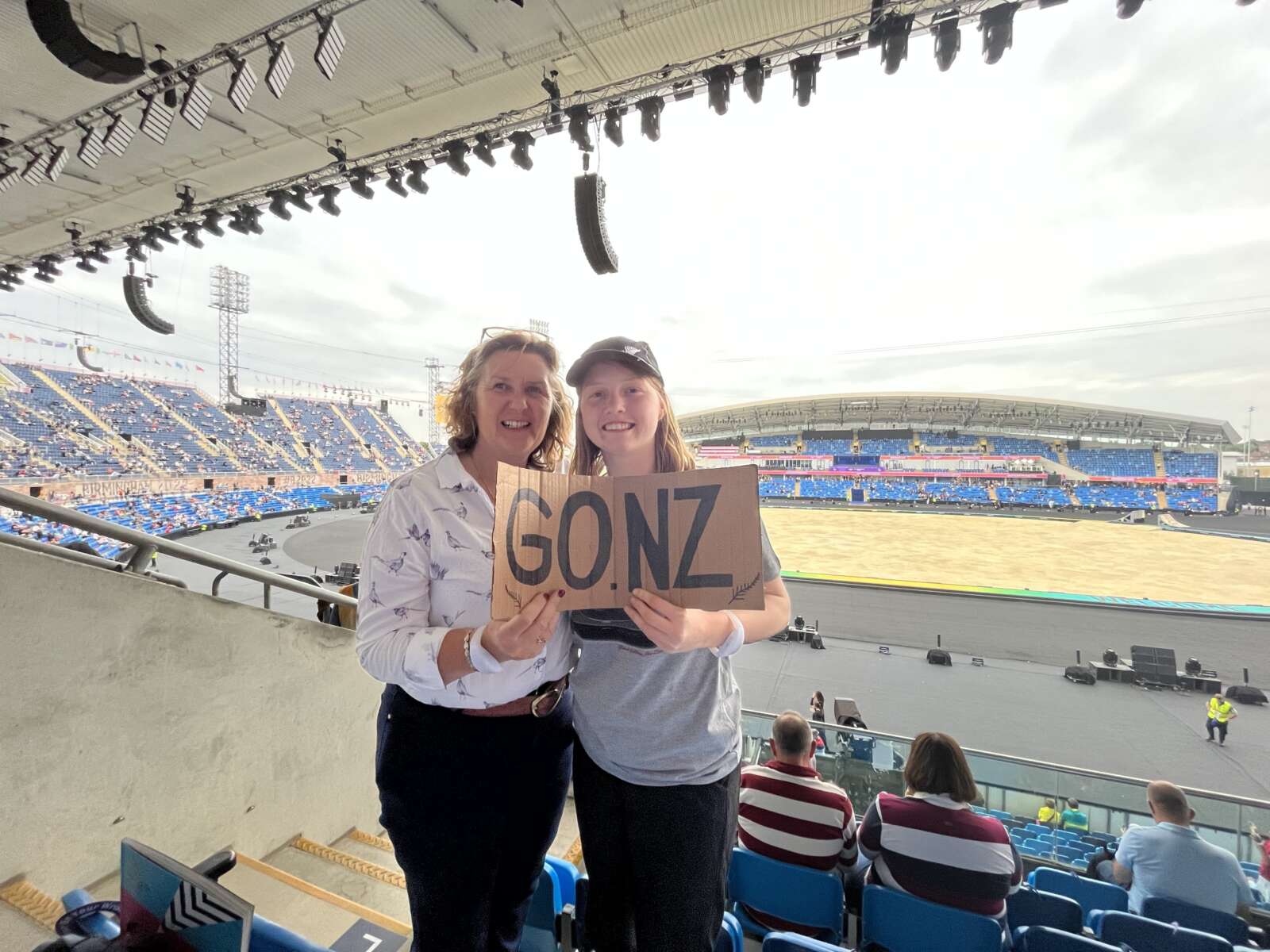Kia Ora, I’m Victoria, a 23-year-old Southlander heading off on my OE. Like many people my age, I’m keen to experience new cultures and languages, see the sights and fit in as much travel and food as possible over the next six months.
I was born with cerebral palsy right side hemiplegia, which means that physically, I walk with a limp. This has never held me back and I wouldn’t change it for the world. I’ve been given so many amazing opportunities like competing in para-cycling and being part of the Halberg Foundation Youth Council, advocating for youth with disabilities in sport.
For the past few years I’ve been working as an occupational therapist, but now it’s time to jump on a plane and check out Europe and the UK!

I’m nervous about travelling, leaving the security of home and the added uncertainty of having a disability in an unfamiliar environment. Will I be safe to fly and travel alone? How are people from other countries going to perceive my disability? How will I cope with walking long distances? Top all of this off with the ever-changing world of Covid-19 and you can see why I’m nervous!
I’ve worked out some ways to overcome these barriers and minimise the risk:
- Travel with others. Travel with a friend or if alone like I am, book a guided tour with other people.
- Use a travel agent. They know the ins and outs of our current world, including keeping up to date with Covid-19 restrictions. They can also give you tips on where to go that can be accessible for all abilities and can look into accessible accommodation and transport.
- Research and plan your travel. There will be a lot of walking, and sitting on buses and planes, all while carrying luggage. Check the distances between destinations and sights within cities. Break up the trip and stay longer in places so you can fit more in.
- Keep an open mind. This is an adventure after all. If it doesn’t go to plan, it’s a chance to reflect and learn.
To my surprise, flying from NZ to the UK went smoothly. I recommend booking an aisle seat so you don’t have to climb over people when getting up and about. When you drop your bags at the airport, be cheeky and ask for an upgrade with more legroom. My plane was full so unfortunately, there were no free upgrades, but during the flight, I did regular arm and leg stretches both in the seat and around the plane to keep my body moving. This website has great examples and can be adapted for different ability levels.
During my first 2 weeks in England, I had the exciting opportunity to go to the Commonwealth Games Opening Ceremony in Birmingham. The whole atmosphere was absolutely incredible, but it was a big arena and lots of people to navigate around, so a few points to be mindful of at large events like this are:
- Review a map of the area before booking a seat. Is it accessible for your needs? Is it close to the exits or toilets? How far will you have to walk from the entrance? Factor in times like parking and waiting for security.
- Parking. Make sure you do your research and pre-book! There was no public parking near the arena and only limited accessible parking was available that had to be pre-booked. The Games had buses running so we had to factor that into our travel plans.
- Event facilities. On the way to my seat/stand, I only came across one accessible toilet. I had to wait around 20 minutes as the lady before me couldn’t safely manoeuvre due to the toilet light automatically turning off (movement censored).
Hopefully, I’ve given you an insight into the challenges and strategies when travelling with a disability. Please be mindful that my disability and experiences may be different from other people and if you’re planning to go travelling your challenges may vary from mine. Discuss with your whānau about the positives and barriers of travelling, taking your abilities into account.
Get out there, live your best life and enjoy!
As for me, I’m off to Sail Croatia and a Contiki through Europe - see you soon and au revoir.


